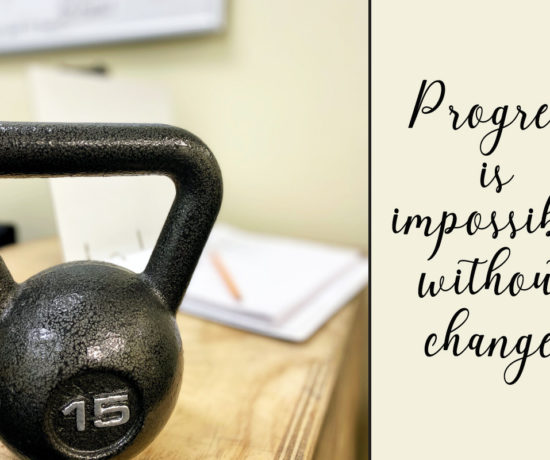Hey there and HAPPY FRIDAY! I thought I’d talk a little bit about some of the weight loss programs out there today. There are so many options, it can be mind- numbing. If you’re wanting to take charge of your health but aren’t really sure where to start, below you’ll find a quick overview of some of the eating plans that are popular today.
Remember, eating healthy is not a “One size fits All”. We’re all different and what works for one person may not work well for you and vice versa. Changing your lifestyle includes some trial and error. You should discuss it with your doctor to decide what might be the healthiest approach. Once you decide on a game plan be prepared to be flexible as you work towards your goal. You may find you need to tweak your eating plan along the way.
There are many plans out there but these are a few that I’m hearing about all the time.
Intermittent Fasting:
IF is basically an eating plan that cycles between fasting and eating. The most typical is 16/8 where you fast for 16 hours and limit your eating to an 8 hour window (like 12-8pm or 1-9pm). IF doesn’t focus on what you eat but when. The idea is that you’re cutting calories by limiting the time you’re eating. There are many benefits to IF but you want to remember that what you eat is as important as when you eat. Whole foods, fruits and vegetables and little sugar is going to be the best way to tackle Intermittent Fasting.
Paleo: (AKA: The Caveman’s Diet)
The basic premise of this type of eating is to eat only whole foods and avoid processed foods altogether.
Eat: Meat, fish, eggs, vegetables, fruits, nuts, seeds, herbs, spices, healthy fats and oils
Avoid: Processed foods, sugar, soft drinks, grains, most dairy products, legumes, artificial sweeteners, vegetable oils, margarine, and trans fats.
Ketogenic Diet: (Keto)
This is a low carb, high fat eating plan. There are different types of Keto plans, but the most widely recommended is the SKD (standard keto diet). The SKD typically consists of 75% fat, 20% protein, and 5% carbs.
Foods to eat here are: Meat, fatty fish, eggs, butter and cream, nuts, healthy oils, avocados, lower carb veggies, salt & pepper, herbs and spices.
Foods to avoid: sugary foods, grains and starches, fruit, beans and legumes, root vegetables and tubers, low fat or diet products, some condiments or sauces (typically contain sugar), unhealthy fats, alcohol, and sugar free diet foods.
The Zone Diet:
The premise of this eating plan is that you’re eating a certain ratio of macronutrients (protein, carbohydrates, and fat) at each meal. This plan allows for 3 meals and 2 snacks per day. The recommended calories for women are around 1200 and men are about 1500. (It’s important to note that these calories are lower than what’s recommended by -2015-2020 Dietary Guidelines for Americans. Your calorie needs will be affected by various things including how active you are.) With the Zone diet, you need to eat within an hour of waking and not go more than 5 hours without eating.
As far as what to eat: Carbs should be low on the glycemic index (think whole foods and complex carbs) Fats should be monounsaturated, look for omega-3 fat rich foods and Proteins should be mostly lean, limiting egg yolks and red meat.
Counting Calories:
This is the one that most people are familiar with. Basically, you’re just deciding on a set amount of calories per day. The amount of calories you need depends on a variety of things like, gender, weight, age, activity level. Besides the quantity of calories you consume, the quality of your calories are also important. Whole foods, veggies and fruit are going to be your best options.
Counting Macros: (AKA: Flexible Dieting)
(This is what I follow and coach) With the Macro eating plan you set and count your macronutrients: Protein, Carbohydrates, and Fat. The idea of following a macro diet is that you have some flexibility with your food choices. As always, whole foods, veggies and fruit are your best options but you can plan and add in other things like a piece of cake at a birthday party (Everything in moderation). Your macro needs vary depending on a variety of factors like your gender, lifestyle, activity level and your goals. Following a macro diet is designed to help your body become more efficient.
Tracking Macros takes a little bit to get used to and can seem tedious at first, but once you get used to it, tracking goes pretty quickly.
These are just a few of the popular eating plans out there. Be sure you’re well informed so you can make a healthy decision for yourself.
Have a great weekend!





No Comments